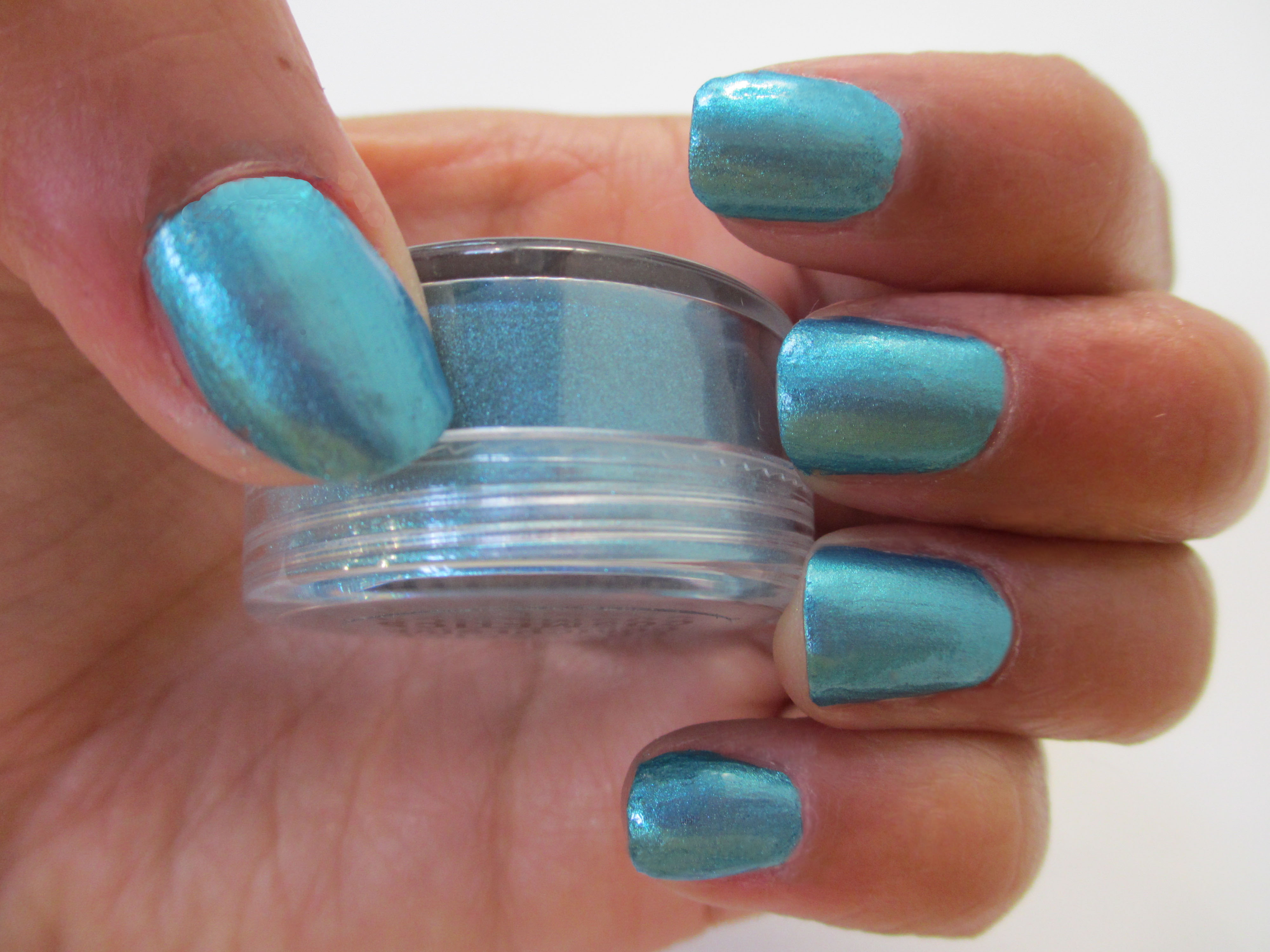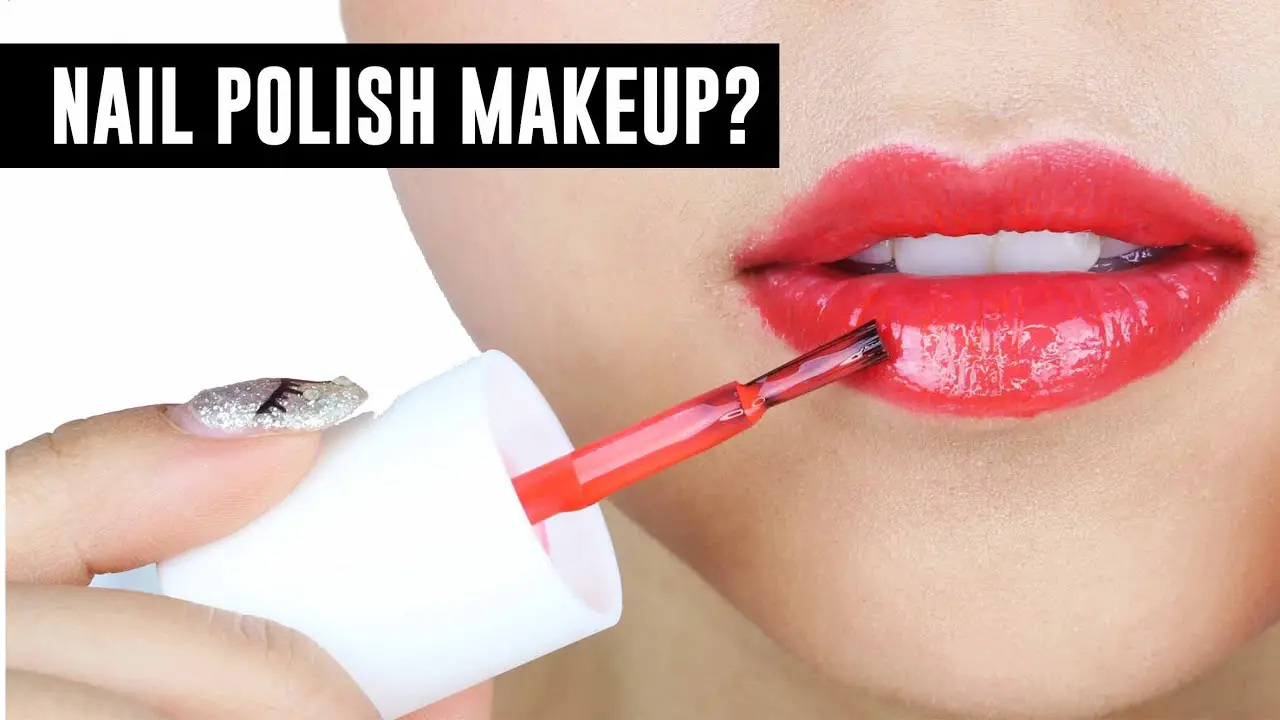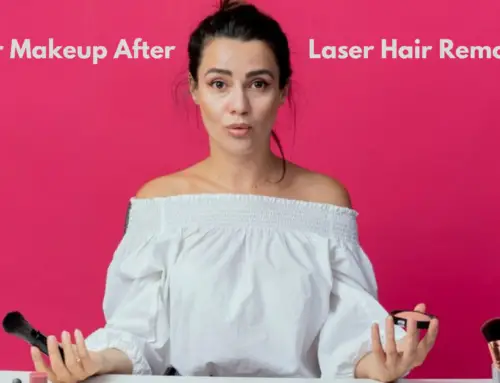Nail polish is more than just a cosmetic product; it’s a form of self-expression. From classic reds to bold neons, nail polish allows individuals to showcase their unique style and personality. With a simple swipe of color, nail polish has the power to enhance an outfit, boost confidence, and add a touch of glamour to any look. But have you ever wondered, is nail polish considered makeup?
Nail polish has been used for centuries, dating back to ancient Egypt and China. It was initially made from natural ingredients such as beeswax, egg whites, and vegetable dyes. Today, nail polish has evolved into a vibrant and diverse industry that offers a wide range of hues and finishes. In fact, statistics show that the global nail polish market is projected to reach a value of $15.6 billion by 2024. Whether you see it as a way to express yourself or simply as a beauty product, there’s no denying that nail polish has become an integral part of the makeup world.
Nail polish is a cosmetic product that is applied to the nails to enhance their appearance. While it is often considered a part of makeup, nail polish is specifically designed for the nails and not for the face or skin. It comes in a variety of colors and finishes, allowing individuals to express their personal style. Nail polish is formulated with ingredients that provide color, shine, and durability to the nails. So, while it is related to makeup, nail polish is not technically classified as makeup.

Is Nail Polish Makeup?
When it comes to beauty products, nail polish is a staple in many people’s routines. But is nail polish considered makeup? Let’s explore this topic and delve into the details.
What Is Nail Polish?
Nail polish is a lacquer that is applied to the fingernails or toenails to enhance their appearance. It is primarily used for decorative purposes, with a wide variety of colors and finishes available to choose from. Nail polish can add a pop of color, create nail art designs, or simply provide a glossy finish.
Typically, nail polish is made up of a mixture of solvents, resins, film-forming agents, and pigments. The solvents help the polish to dry quickly, while the resins provide durability and adhesion to the nails. The film-forming agents help the polish form a smooth and even layer on the nail surface, and the pigments give the polish its color.
Nail Polish as Makeup
Although nail polish is often considered a part of the cosmetics industry, it is not technically categorized as makeup. Makeup typically refers to products that are applied to the face, such as foundation, concealer, blush, and eyeshadow. Nail polish is specifically formulated for the nails and is not designed for use on the skin.
However, nail polish can still be a fun and expressive way to enhance your overall look. It can complement your makeup and clothing choices, adding a finishing touch to your style. Many people enjoy experimenting with different nail polish shades and designs to showcase their personal taste and creativity.
Benefits of Using Nail Polish
While nail polish may not be classified as makeup in the traditional sense, it offers several benefits:
- Enhances the appearance of nails
- Provides a wide range of color options
- Allows for creative nail art designs
- Can complete an overall look or outfit
- Boosts confidence and self-expression
Nail Polish and Nail Health
It’s important to note that while nail polish can be a fun and stylish addition to your beauty routine, it’s essential to prioritize nail health. Continuous use of nail polish without proper care and maintenance can lead to nail damage, such as brittleness, dryness, or discoloration.
To maintain healthy nails, consider the following tips:
- Apply a base coat before nail polish application to protect the nails
- Remove nail polish with gentle acetone-free removers
- Limit the use of nail polish removers containing harsh chemicals
- Moisturize the cuticles and nails regularly
- Take breaks from nail polish to allow the nails to breathe
In Summary
While nail polish is not technically considered makeup, it can be a valuable addition to your beauty routine. It offers a wide range of colors and finishes, allowing you to express your personal style and enhance the appearance of your nails. However, it’s essential to prioritize nail health and take proper care of your nails to avoid damage. Nail polish can be a fun and creative way to complete your overall look, whether you’re going for a bold statement or a subtle enhancement.
Key Takeaways: Is Nail Polish Makeup?
- Although nail polish is often considered a part of makeup, it is not technically classified as makeup.
- Nail polish is a cosmetic product used to enhance the appearance of nails, but it is not applied to the skin like traditional makeup.
- Nail polish is primarily composed of film-forming agents, solvents, and pigments that create a durable and colorful coating on the nails.
- Makeup, on the other hand, refers to products that are applied to the skin to enhance or alter its appearance, such as foundation, blush, and eyeshadow.
- While nail polish can be used as a form of self-expression and beauty enhancement, it is not considered makeup in the traditional sense.
Frequently Asked Questions
In this section, we will address some frequently asked questions about nail polish and whether it is considered makeup.
1. What is nail polish?
Nail polish is a cosmetic product that is applied to the fingernails or toenails to enhance their appearance. It is a colored liquid that dries to form a hard, glossy finish on the nails. Nail polish comes in a wide variety of colors, textures, and finishes, giving individuals the ability to create different looks and styles. It is typically applied in multiple layers, with each layer being allowed to dry before the next one is applied.
Nail polish is often used as a fashion accessory and can be an important part of someone’s overall appearance. It allows individuals to express their personal style and add a pop of color or a touch of elegance to their nails. Nail polish is widely available and can be found in drugstores, beauty supply stores, and online retailers.
2. Is nail polish considered makeup?
Yes, nail polish is considered a form of makeup. While it may not be applied directly to the face like foundation or lipstick, it is still a cosmetic product that is used to enhance one’s appearance. Nail polish falls under the category of decorative cosmetics, which includes products like eyeshadow, blush, and nail color.
Nail polish is designed to add color, shine, and style to the nails. It is often used as a way to complete a look or coordinate with an outfit. Just like other forms of makeup, nail polish allows individuals to express their creativity and enhance their natural beauty.
3. What are the ingredients in nail polish?
Nail polish typically contains three main components: a film-forming agent, solvents, and pigments. The film-forming agent is responsible for creating a hard, durable finish on the nails. Solvents are used to dissolve the other ingredients and allow the polish to be easily spread and applied. Pigments provide the color and opacity to the polish.
In addition to these main components, nail polish can also contain additional ingredients such as plasticizers to prevent cracking, UV filters to protect against sun damage, and glitter or metallic particles for added sparkle. It is important to note that some nail polishes may also contain potentially harmful ingredients such as formaldehyde, toluene, and dibutyl phthalate (DBP). It is always recommended to check the ingredient list before purchasing a nail polish.
4. How long does nail polish typically last?
The longevity of nail polish can vary depending on factors such as the quality of the polish, how it is applied, and the individual’s daily activities. On average, nail polish can last anywhere from a few days to two weeks. However, it is not uncommon for nail polish to chip or fade after a couple of days, especially if the nails are exposed to water, chemicals, or physical strain.
To extend the wear time of nail polish, it is recommended to apply a base coat before the polish and a topcoat after the polish to protect the color and add extra shine. Avoiding activities that can cause excessive stress on the nails, such as typing or washing dishes without gloves, can also help prolong the lifespan of the nail polish.
5. How do I remove nail polish?
To remove nail polish, you will need a nail polish remover. Acetone-based removers are the most effective in removing nail polish, but they can be drying to the nails and cuticles. Non-acetone removers are a gentler alternative, although they may require more effort and time to completely remove the polish.
To remove the nail polish, soak a cotton pad or ball with the remover and press it onto the nail for a few seconds to allow the remover to penetrate the layers of polish. Then, gently swipe the cotton pad or ball across the nail, starting from the base and moving towards the tip. Repeat this process until all the nail polish is removed. Afterward, it is recommended to moisturize the nails and cuticles to replenish any moisture lost during the removal process.

In summary, nail polish is considered a form of makeup because it enhances the appearance of the nails.
While it may not be the same as foundation or lipstick, nail polish still falls under the category of cosmetics.






Leave A Comment